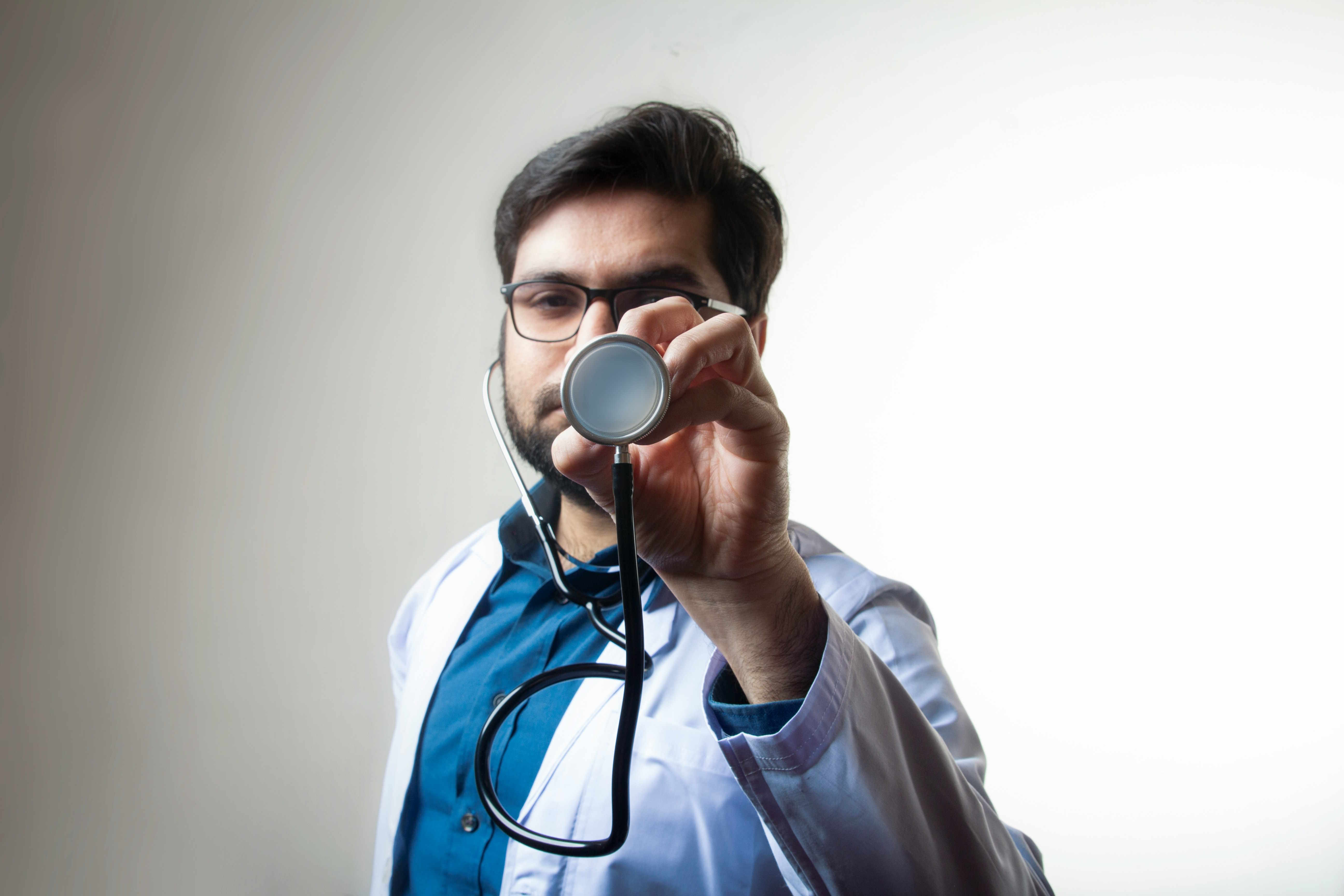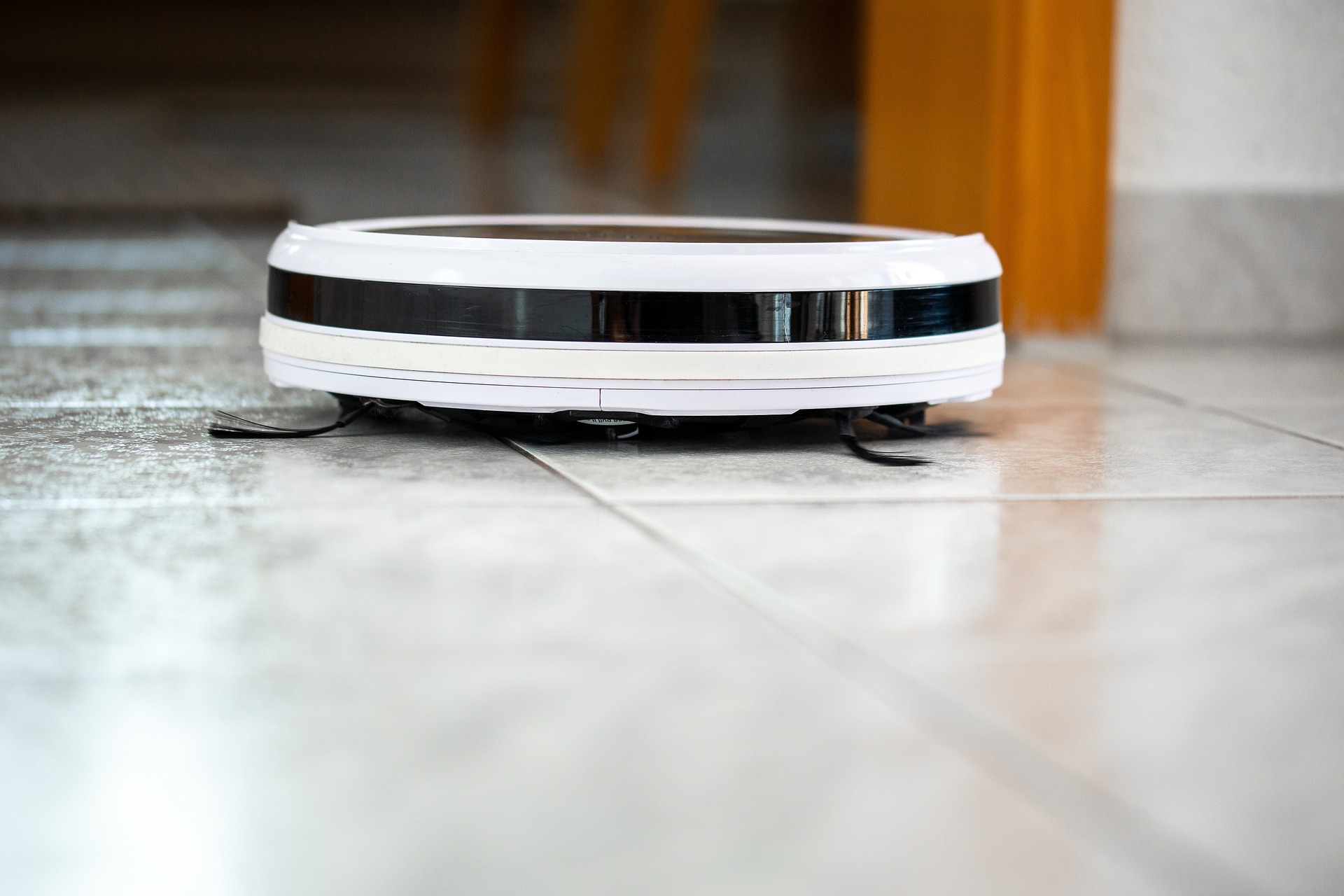Mycosis Fungoids Rash - Early Signs and Treatment
Mycosis fungoides, a rare form of cutaneous T-cell lymphoma, often perplexes both patients and healthcare providers due to its elusive nature. This skin condition, while not directly linked to fungal infections, presents unique challenges in diagnosis and treatment. Understanding the early signs and available treatment options is crucial for those affected by this rare form of lymphoma.

Research on Mycosis Fungoides: Unveiling the Mystery
Mycosis fungoides has been the subject of extensive research in recent years. Scientists are working tirelessly to understand its underlying mechanisms and develop more effective treatments. Studies have shown that this condition primarily affects the skin, with symptoms often mimicking other common skin disorders. The complexity of mycosis fungoides lies in its ability to evade early detection, making ongoing research crucial for improving diagnostic accuracy and treatment outcomes.
Early Signs of Mycosis Fungoides: Recognizing Red Flags
Identifying mycosis fungoides in its early stages can be challenging. Initial symptoms often include persistent, itchy patches of dry, red skin that may be mistaken for eczema or psoriasis. These patches typically appear on areas of the body not usually exposed to sunlight, such as the buttocks or lower abdomen. As the condition progresses, these patches may become more pronounced, forming raised plaques or tumors. Vigilance and regular skin checks are essential for early detection.
Is Mycosis Fungoides Linked to Fungal Infections?
Despite its name, mycosis fungoides is not caused by fungi. The term is a historical misnomer that has persisted. This condition is actually a type of non-Hodgkin lymphoma that affects T-cells in the skin. While fungal infections can cause skin issues, they are distinct from mycosis fungoides. Understanding this difference is crucial for proper diagnosis and treatment, as antifungal medications will not be effective against this form of lymphoma.
Diagnosing Mycosis Fungoides: A Multi-Faceted Approach
Accurate diagnosis of mycosis fungoides often requires a combination of clinical examination, skin biopsies, and advanced testing. Dermatologists and oncologists work together to evaluate skin lesions, analyze tissue samples, and perform specialized tests such as immunophenotyping and T-cell receptor gene rearrangement studies. These comprehensive diagnostic methods help differentiate mycosis fungoides from other skin conditions, ensuring patients receive appropriate care.
Treatment Options for Mycosis Fungoides: Tailored Approaches
Treatment for mycosis fungoides varies depending on the stage of the disease and individual patient factors. Early-stage treatments often focus on skin-directed therapies such as topical corticosteroids, phototherapy, or radiation therapy. For more advanced cases, systemic treatments including chemotherapy, immunotherapy, or targeted therapies may be necessary. Emerging treatments, such as biologic agents and novel targeted therapies, offer hope for improved outcomes and quality of life for patients with mycosis fungoides.
Innovative Therapies and Clinical Trials in the United States
In the United States, patients with mycosis fungoides have access to cutting-edge treatments and clinical trials. Leading cancer centers across the country are at the forefront of developing innovative therapies. These include targeted immunotherapies that harness the body’s immune system to fight cancer cells and novel combination therapies that show promise in managing even advanced cases of mycosis fungoides. Patients are encouraged to discuss clinical trial opportunities with their healthcare providers to explore all available treatment options.
Comparing Treatment Centers for Mycosis Fungoides
When seeking treatment for mycosis fungoides, choosing the right healthcare provider is crucial. Here’s a comparison of some top treatment centers in the United States specializing in cutaneous lymphomas:
| Treatment Center | Location | Specialized Services | Notable Features |
|---|---|---|---|
| MD Anderson Cancer Center | Houston, TX | Comprehensive lymphoma program, clinical trials | World-renowned research facility |
| Memorial Sloan Kettering | New York, NY | Cutaneous Lymphoma Center, personalized treatment plans | Pioneering immunotherapy research |
| Stanford Health Care | Stanford, CA | Multidisciplinary Cutaneous Lymphoma Program | Expertise in rare lymphomas |
| Mayo Clinic | Rochester, MN | Integrated care teams, advanced diagnostic tools | Collaborative approach to treatment |
When choosing a treatment center, consider factors such as location, expertise in mycosis fungoides, available clinical trials, and your personal preferences. It’s advisable to consult with your primary care physician or dermatologist for referrals and to explore insurance coverage options.
Mycosis fungoides remains a challenging condition, but advancements in research and treatment offer hope for those affected. Early detection and proper diagnosis are key to managing this rare form of lymphoma effectively. By staying informed about the latest developments and working closely with healthcare providers, patients can navigate their treatment journey with confidence and optimism.
Disclaimer: This article is for informational purposes only and should not be considered medical advice. Please consult a qualified healthcare professional for personalized guidance and treatment.
The shared information of this generated article is up-to-date as of the publishing date. For more up-to-date information, please conduct own research.




